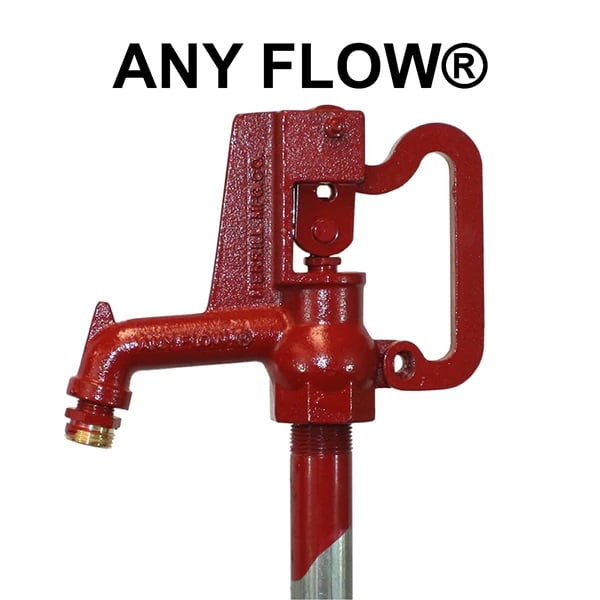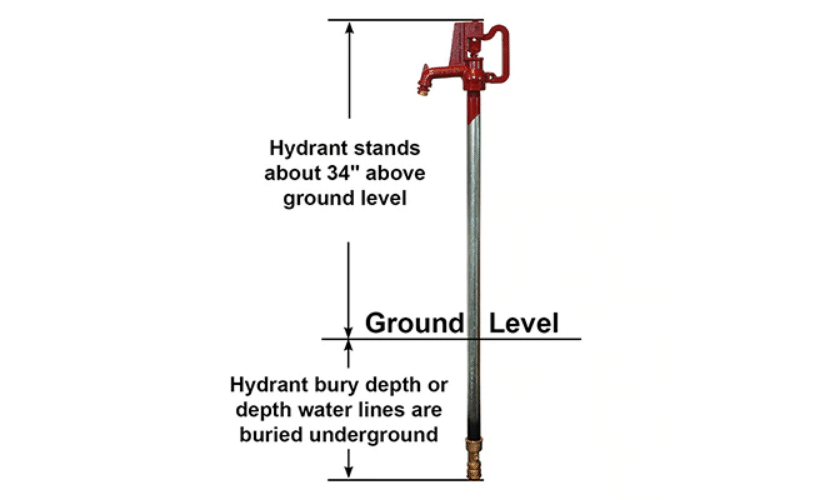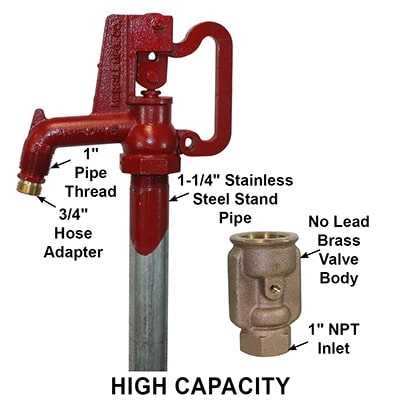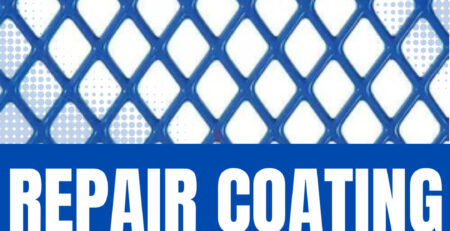Frost Proof Yard Hydrant Basics
Yard hydrants have been known by a variety of names, including frost-free hydrants, freeze-free hydrants, yard hydrants, water hydrants, and outdoor hydrants. All of these terms refer to the same piece of equipment. A yard hydrant is a component of your plumbing that allows you to supply water to an outside location. The greatest advantage of having a yard hydrant is that it will drain itself when switched off, thus avoiding the pipe from freezing during any severe weather conditions. It’s important to install them correctly in order for them to perform properly over time. These outdoor hydrants are used in outdoor applications such as in:
- RV parks
- Campgrounds
- Municipalities
- Parks
- Industrial parks
- and more
A private well or a public water supply feeds yard hydrants, which are connected to a pressurized water line. The lines must be buried sufficiently underground to avoid freezing. According to the maximum frost depth in the region, the frost line ranges from 0 to 8 feet. A yard hydrant’s bottom valve assembly is unable to withstand sub-zero temperatures. It may fracture or explode if frozen, leading to an underground water leak that is difficult and expensive to repair. This valve piece is where the water shuts off.When the valve is closed, pressurized water may be sent through the main waterline to the sprinkler head. The drain hole is above the valve part and allows excess water to flow out when the hydrant isn’t in use.
Hydrant Components
The most popular yard hydrant makers are Woodford, Merrill, and Simmons. Each hydrant style has its own set of characteristics. All hydrants have three basic components:
Yard Hydrant Head
A yard hydrant’s top casted piece has many forms and sizes, but it all serves the same basic function. They have a handle that activates either the rod or the wet pipe (depending on the type of hydrant) to allow water to flow through the valve, up the vertical pipe, and out of the hydrant head when pulled up.
There is also a hole for water to flow through in the head. This outlet may be threaded on some hydrants, allowing you to connect a garden hose or other attachment. A smooth outlet is one that has this feature, whereas others will have an threaded connection so that a garden hose or other attachment can be hooked up. When purchasing a hydrant for your home or farm, keep an eye out for this. The last component that all hydrant heads have in common is a means to modify the hydrant. Some hydrants include flow controls, allowing you to manage the water flow. You may store it as a default on your hydrant after you’ve fine-tuned it. Many have a packing nut that may be adjusted if the hydrant rod comes out of position. If there is just a little bit of leaking or dripping, you can usually adjust the packing nut to fix it. These features are not consistent across manufacturers.

Vertical Pipe
The vertical pipe emerging from the ground and the cast “head” of the hydrant should be empty when the water is shut off. Galvanized steel is most often used to make this standpipe. Brass or stainless-steel pipes are available on some special hydrants, but they will cost you a lot more money. Unless you have corrosive water or soils, it’s generally not worth paying extra for a specialist hydrant.

Valve Assembly
Valves come in two distinct styles: O-rings and plungers. Some manufacturers utilize a sequence of two or three O-rings to seal off the water. The traditional method is to use a rubber plunger connected to a pole to block the incoming water.
Hydrant designs that include an O-ring assembly tend to have a greater flow through the hydrant. The O-rings, on the other hand, wear out faster than plungers and are more difficult to replace. O-rings can break and tear easily.When attempting to replace the valve, it’s common for them to become trapped in the valve body, making replacement difficult. When trying to repair this design, the whole plunger component is less likely to be stuck at the bottom. This type is usually equipped with a steel rod that extends down and connects to the plunger. These rods can decay over time owing to corrosion.

How long will my yard hydrant last?
Even the best yard hydrants on the market will not last a lifetime, but it’s important to pick a high quality brand such as Merrill Yard Hydrants. Traditional brick and mortar hydrants are not rated for long term use and will have to continually be dug up and replaced. A quality frost proof hydrant can last many, many years and give the user peace of mind.





Leave a Reply
You must be logged in to post a comment.